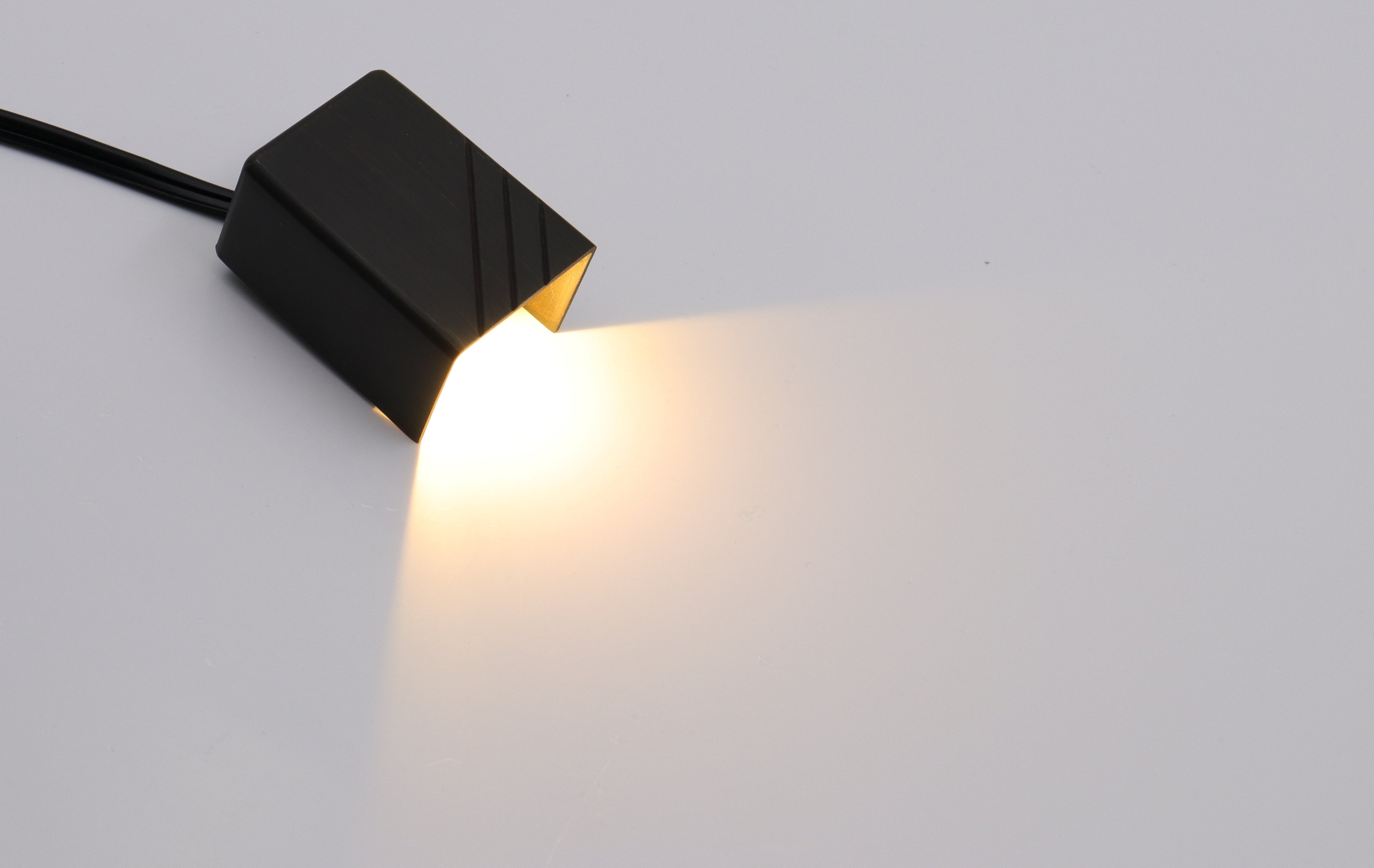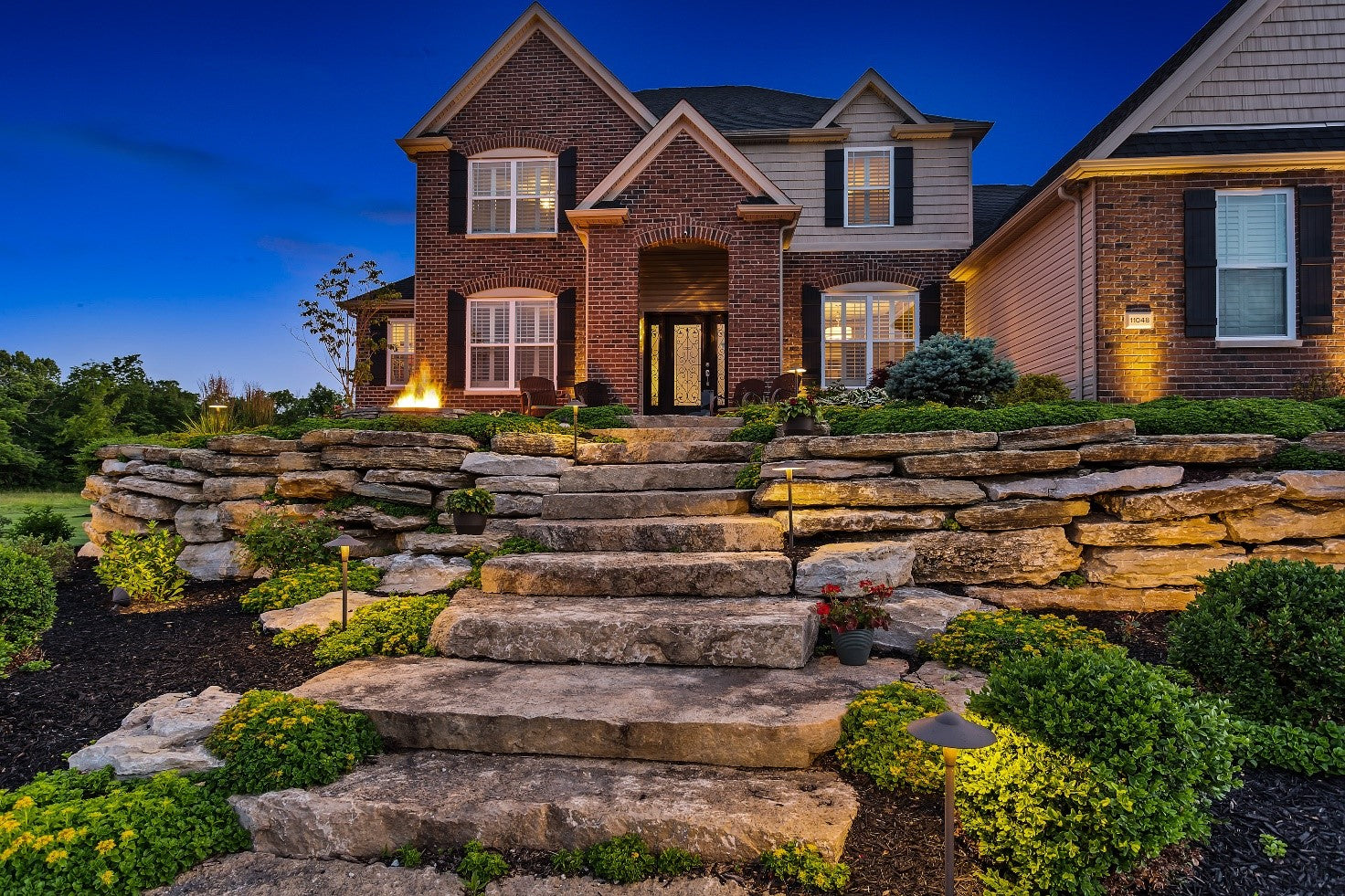Introduction
Outdoor lighting is more than just a decorative touch; it's an amalgamation of aesthetics, functionality, and energy efficiency. While we've previously covered vital aspects like understanding the purpose and types of outdoor lighting, this updated guide takes a more detailed approach. We'll dive deeper into calculating wattage, viewing your outdoor lighting from inside your home, and even subtle lighting techniques for different occasions.
Understand the Purpose of Outdoor Lighting
Recognizing the fundamental reason for your outdoor lighting can substantially affect the quality and functionality of your final setup. Beyond the basic needs for security and aesthetics, consider how your lighting will serve specific activities in your outdoor space.
For instance, if you plan to host dinner parties or engage in evening outdoor games, your lighting design will need to accommodate these activities. Will you require spotlighting for an outdoor chess board or a cornhole game? Or perhaps you'll need adjustable lighting fixtures that can be dimmed during a romantic dinner but brightened for cleaning up afterward. By identifying these unique needs, you can narrow down your lighting choices to fixtures that offer versatility and purpose-specific functionalities.

Explore Light Types and Their Specific Uses
The diverse types of outdoor lighting each have particular roles that contribute to the overall ambiance and usability of your space. Ambient lighting, commonly delivered through hanging lights, wall lights, and post lights, primarily serves to set the general mood or tone of the area. Task lighting, on the other hand, focuses on particular spots or activities—like pathway lights that guide your steps, security lights that focus on entrance areas, or deck lights that illuminate your outdoor seating.
The third category, accent lighting, employs tools like landscape kits and spotlights to highlight specific architectural or natural features, like a gazebo or a garden fountain. When planning your lighting scheme, aim for a mix that serves all these categories; this ensures a balanced and highly functional lighting environment.
Calculate Your Lighting Needs
Estimating the wattage required for your outdoor area is a crucial step often skipped by many homeowners. To perform this calculation, a general guideline is to multiply the square footage of your targeted area by 1.5. For a 100-square-foot space, this would equate to 150 watts. But why is this calculation important? Too much wattage and you risk creating an overwhelmingly bright environment that defeats the purpose of ambient or mood lighting. Too little, and you might end up with dim areas that compromise safety or usability. By calculating your lighting needs upfront, you can avoid these pitfalls and ensure a well-lit and functional space.
Plan the Layout Mindfully
Proper planning goes beyond just choosing where to place each light fixture. It should also include considerations of size and scale, which are vital to achieving a harmonious look. For instance, wall lights should not overpower the space they are in; a light fixture that is too large could end up dwarfing your doorway rather than complementing it. The standard recommendation is to select an outdoor wall light that is about one-third the height of the door it is adjacent to. This proportionality ensures that your lighting fixtures enhance, rather than detract from, the overall aesthetics of your outdoor space.
View It From the Inside
When selecting outdoor lighting, most homeowners focus on how it will illuminate the exterior space, but a sophisticated approach also factors in the view from within your home. Specifically, consider how the outdoor lighting design will interact with your indoor spaces, such as your living room or dining area. If you have large windows or glass doors that offer a clear view of your garden, patio, or walkways, then your outdoor lighting will become a part of your interior design by default.
This integration offers several benefits. For example, when your garden is well-lit and can be seen from your living room, it brings a bit of the outdoors into your indoor space, making it feel more expansive and connected with nature. Also, imagine hosting a dinner where the view from the dining room extends out to a beautifully lit patio; it adds another layer of ambiance to your social gatherings. Therefore, when planning your outdoor lighting, visualize it from multiple vantage points inside your home to achieve a harmonious look and feel between your indoor and outdoor spaces.
More related mistakes about outdoor lighting: 6 Common Outdoor Lighting Mistakes and How to Avoid Them: A Comprehensive Guide

Material and Durability Still Matter
High-quality, weather-resistant materials are non-negotiable. Materials like copper are often recommended. These metals not only possess a timeless aesthetic but also have inherent qualities that make them withstand harsh conditions. Copper, for instance, holds up well against the elements and develops a natural patina over time that many homeowners find appealing.
LEDs Are Still Your Best Friend
While various lighting options are available on the market, LED lights continue to reign supreme for outdoor applications. They consume far less electricity than their halogen or incandescent counterparts, making them an eco-friendly and cost-effective choice. Beyond energy efficiency, the low heat emission and long lifespan of LED lights also reduce the need for frequent maintenance and bulb replacements, giving you one less thing to worry about in your outdoor space. More info about lighting options click here please.
Smart Features for Smarter Living
The evolution of smart technology has infiltrated the realm of outdoor lighting as well, offering a plethora of intelligent features that enhance usability and security. For instance, motion sensors can detect movement and turn lights on or off accordingly, serving both energy efficiency and security purposes. Timers can be set to control when lights come on or go off, making your outdoor space appear inhabited even when you're away. Many modern systems also offer app-controlled settings, enabling you to manipulate your lighting from your smartphone. These smart features not only make your life easier but add an extra layer of functionality to your outdoor lighting.
Always Check Local Regulations
Before diving headlong into your outdoor lighting project, remember to check local building codes and lighting regulations. Regulations can vary significantly from one jurisdiction to another and might include restrictions on the types of lights you can use, where they can be placed, or how bright they can be. Ignorance isn't bliss in this scenario; failing to comply with local codes could lead to penalties or legal complications. So, do your homework and ensure that your planned setup adheres to all local requirements.

Aesthetic Consistency Across Views
Last but not least, it is imperative to prioritize the consistency of its aesthetic with the architectural style and interior design of your dwelling. This harmonious coherence accentuates the visual continuum between your indoor and outdoor spaces, thereby bestowing a unified appearance that extends the realm of your living area. Regardless of whether your home exudes a modern minimalist allure or exquisitely embraces a vintage-inspired ambiance, the chosen lighting fixtures ought to align with this aesthetic essence, both when beheld from the outer realms and from within the confines of your sanctuary.
More info about outdoor lighting: Landscape Lighting: 10 Creative Landscape Lighting Ideas
Conclusion
From understanding the deeper purposes behind your lighting needs and diving into the specific types of lights that serve those purposes to calculating wattage requirements and making smart material choices, every step is integral to achieving a well-balanced outdoor lighting scheme. Incorporating modern smart features can add convenience and an extra layer of security while paying attention to local regulations ensures you won't face any legal setbacks after your project is completed.
Choosing the perfect outdoor lighting for your home is far more than a simple decorative decision; it is a multi-faceted process that demands a thoughtful approach, taking into account functionality, aesthetics, energy efficiency, and even legal constraints. When meticulously planned and executed, the right outdoor lighting can transform your exterior spaces into functional, visually appealing extensions of your home.






Leave a comment
All comments are moderated before being published.
This site is protected by hCaptcha and the hCaptcha Privacy Policy and Terms of Service apply.